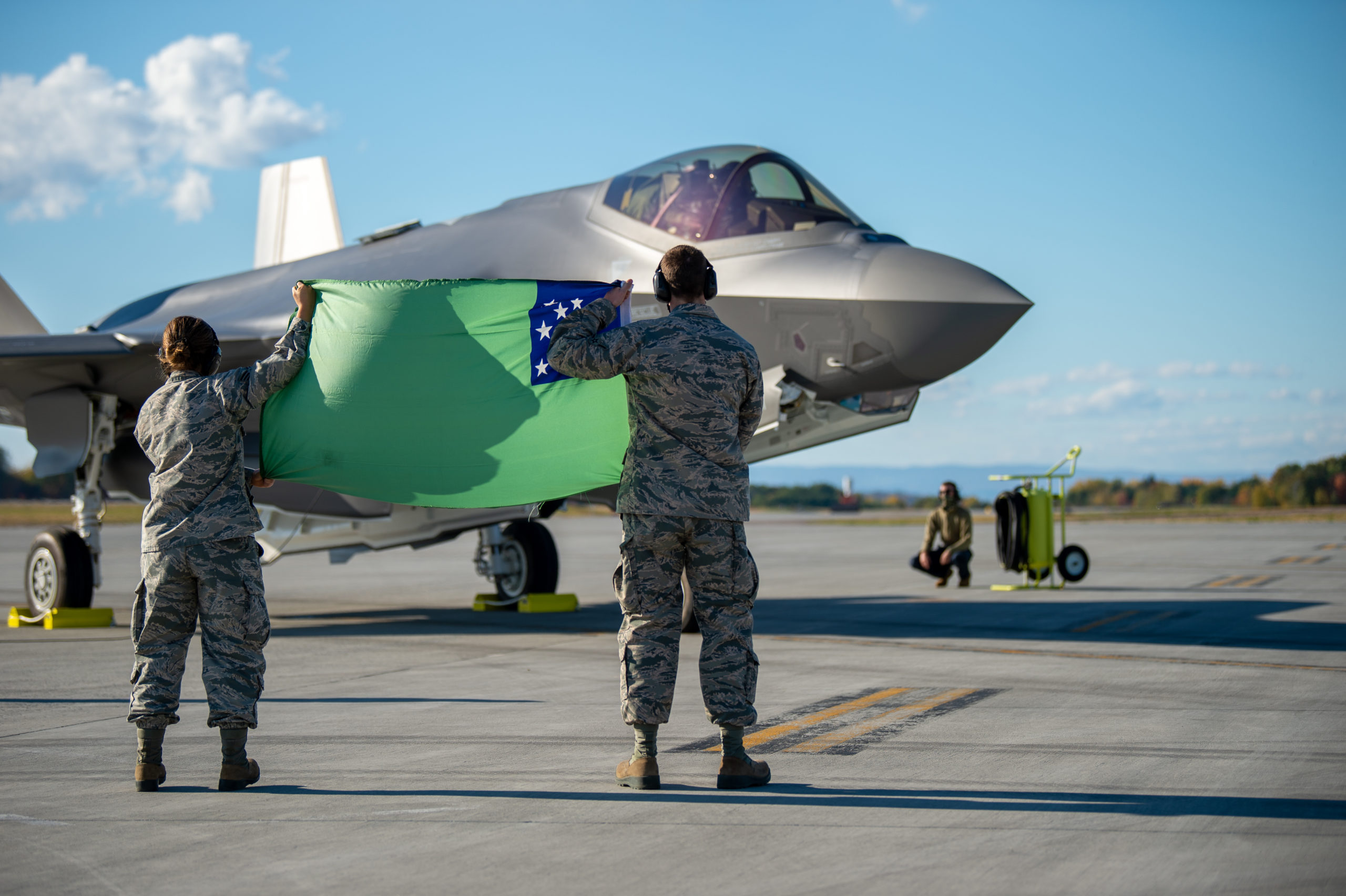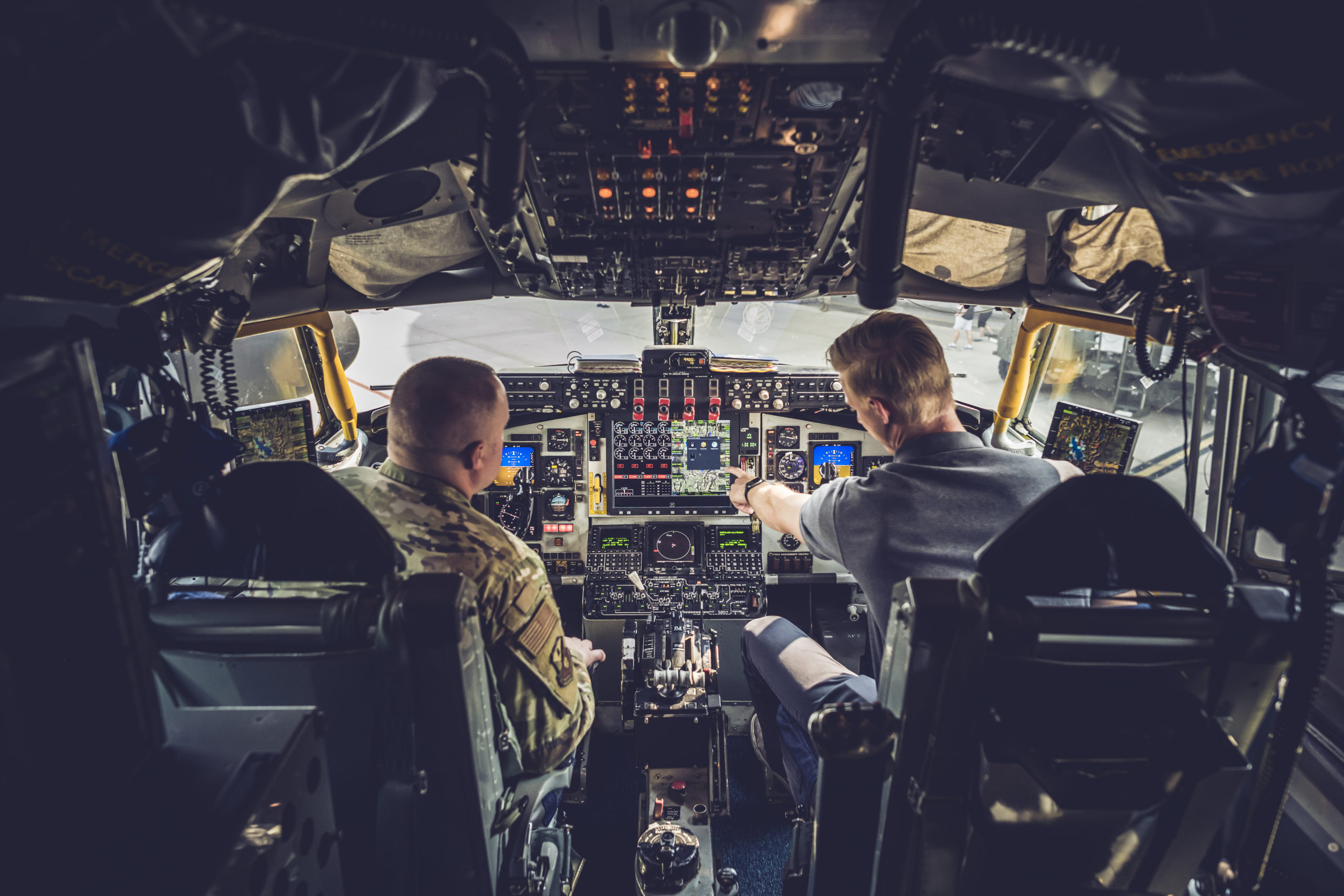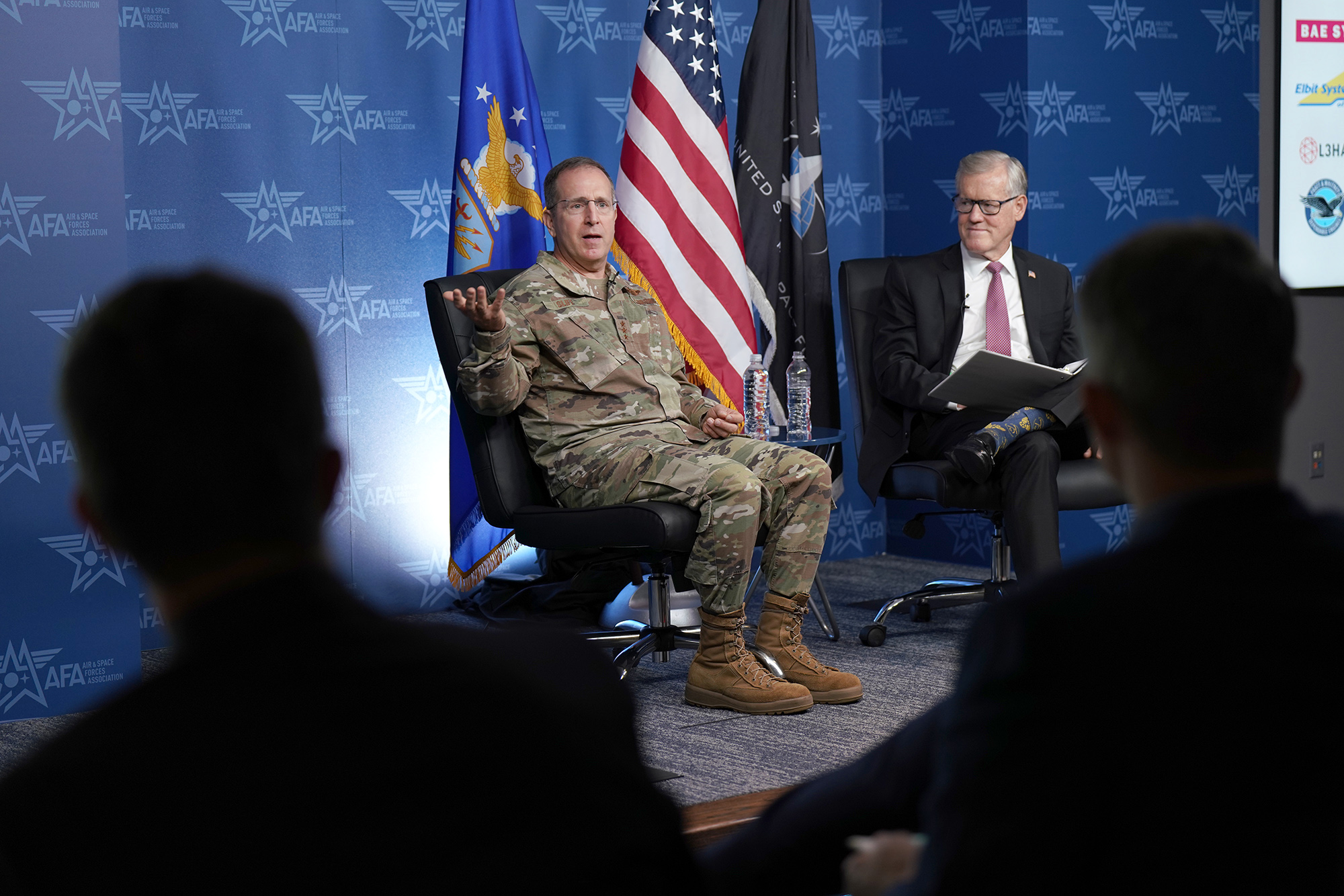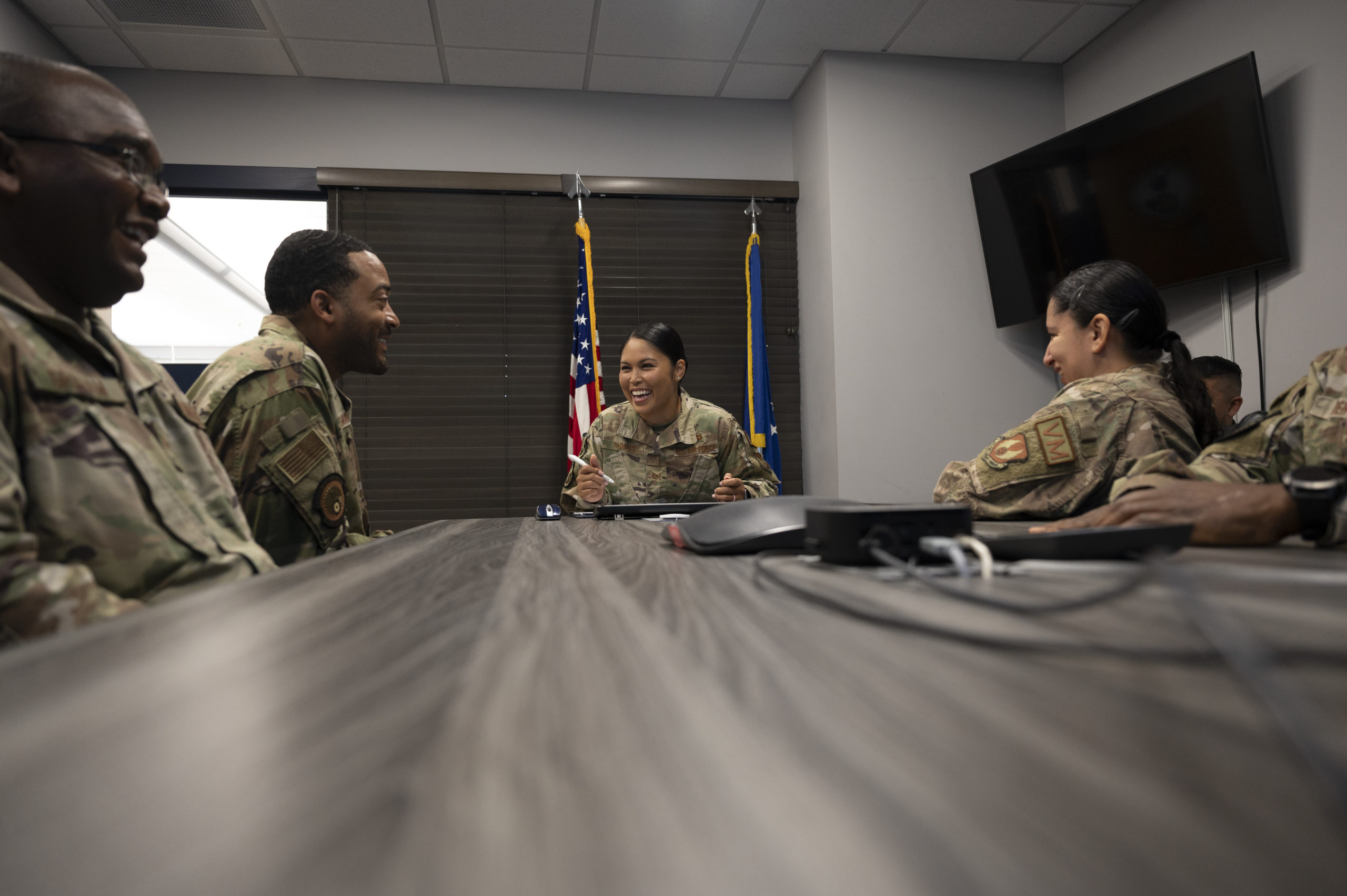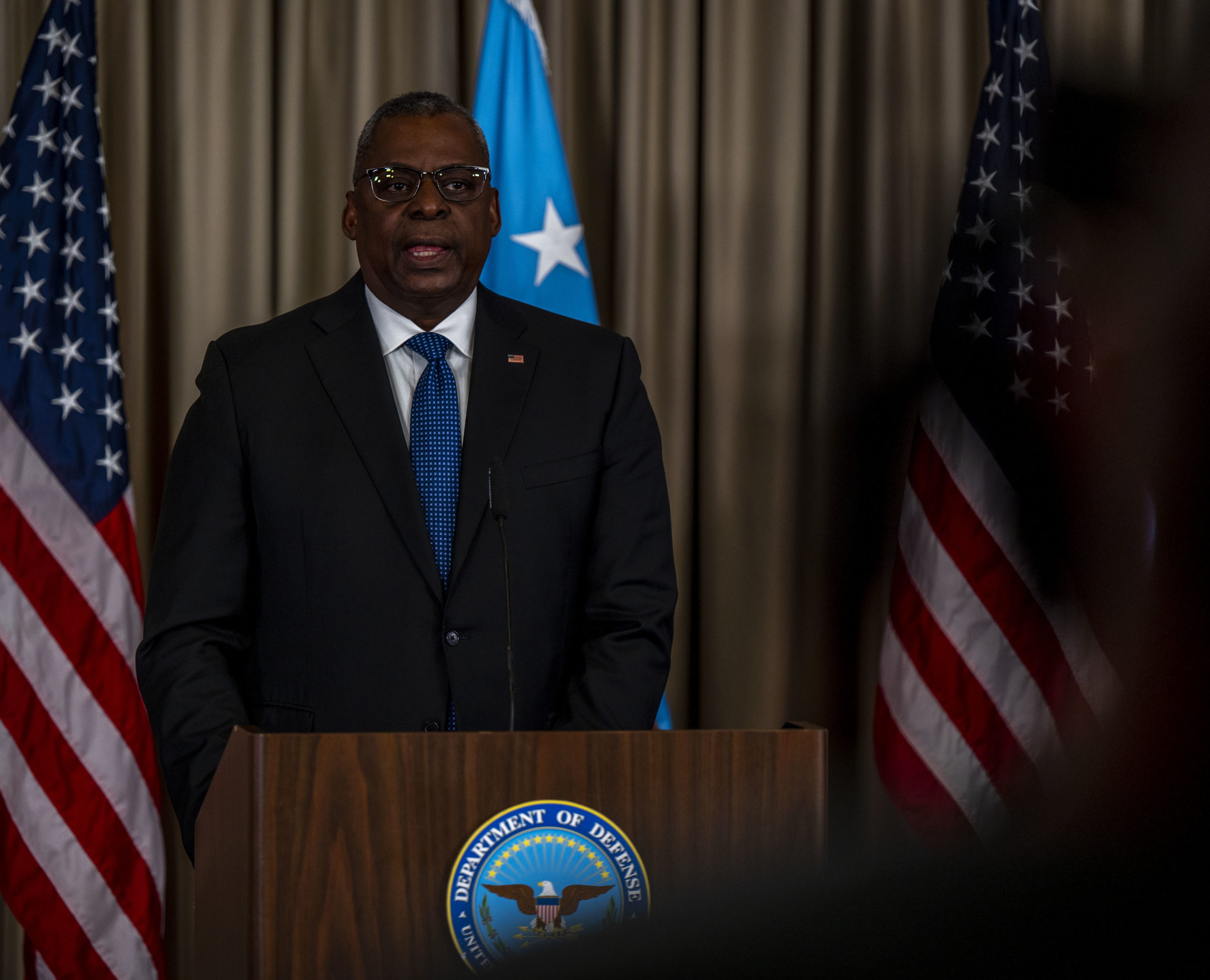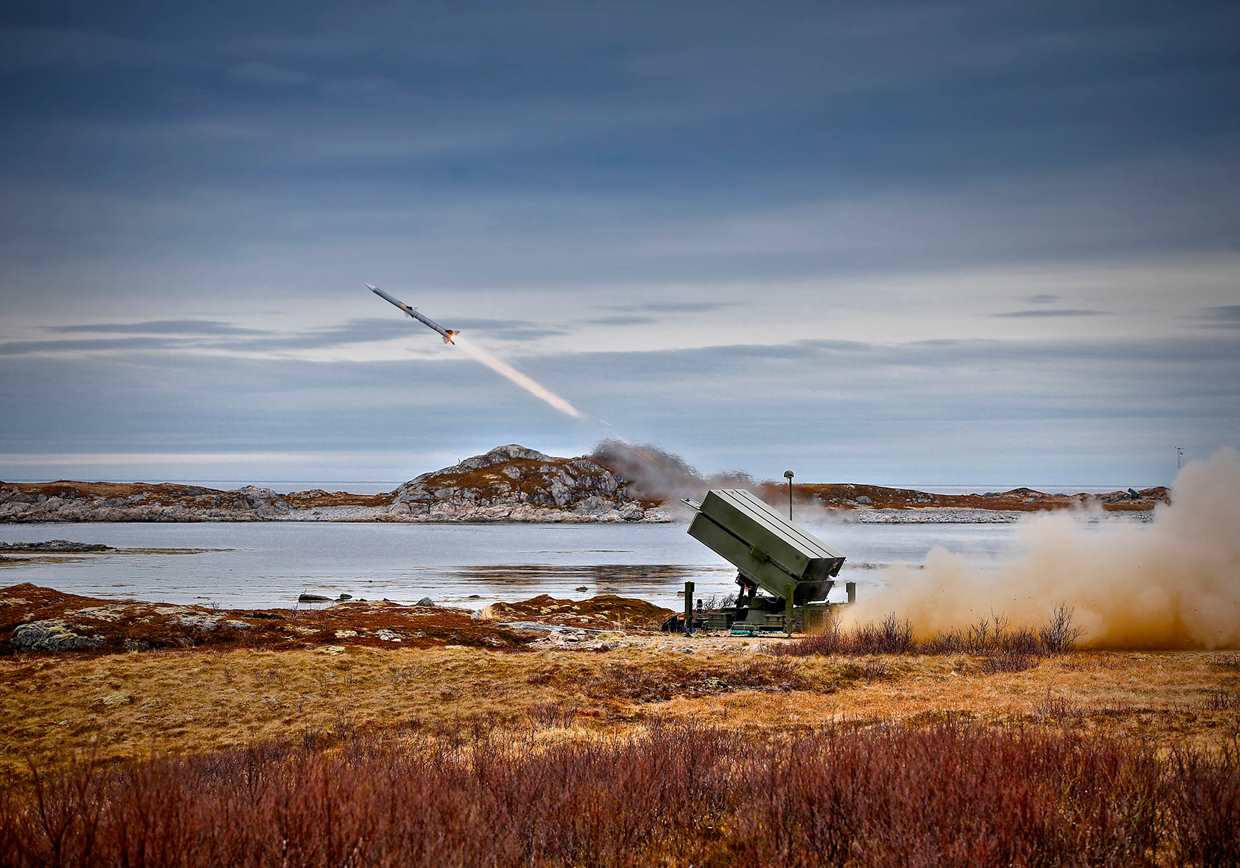The ranks of Space Force major generals are set to expand, as Defense Secretary Lloyd J. Austin III announced the nomination of four officers to get their second star Sept. 9.
All four of the general officers nominated will stay in their current positions. They are:
- Brig. Gen. Gregory J. Gagnon, deputy chief of space operations for intelligence
- Brig. Gen. Christopher S. Povak, deputy director of the National Reconnaissance Office and commander of its Space Force Element
- Brig. Gen. Stephen G. Purdy Jr., commander of Space Launch Delta 45, director of the Eastern Range, and director of launch and range operations for Space Systems Command
- Brig. Gen. Steven P. Whitney, military deputy for the Assistant Secretary of Air Force for Space Acquisition and Integration
Purdy is the only general officer in the Space Force to currently command a delta.
Assuming they are all confirmed, Gagnon, Povak, Purdy, and Whitney will double the number of major generals the Space Force has. The fledgling service actually has more lieutenant generals than two-stars at the moment. The 2022 National Defense Authorization Act gave the Space Force authority to vary the number of officers considered for promotion to major general.
These promotions are just the latest in a series that will bolster and reshape the Space Force’s general officer corps. In May, the Senate confirmed five new brigadier generals, and in June, Maj. Gen. Philip A. Garrant was nominated for a third star and to take on the job of Space Force deputy chief of space operations for strategy, plans, programs, and requirements.
Most significantly, President Joe Biden nominated Lt. Gen. B. Chance Saltzman in July to become a four-star and succeed Gen. John W. “Jay” Raymond as Chief of Space Operations.


